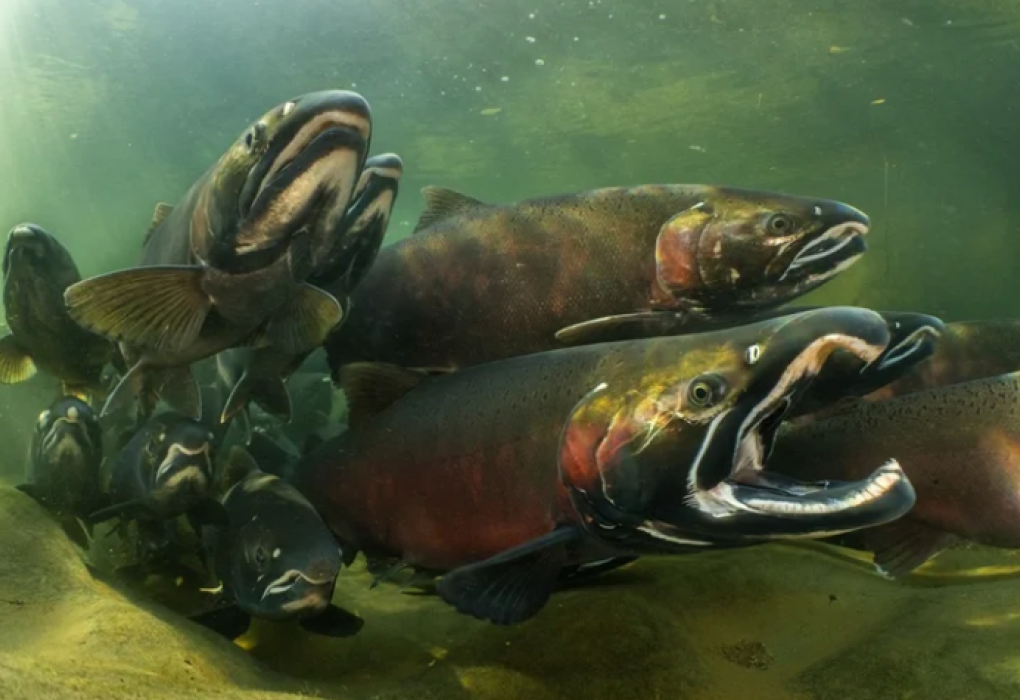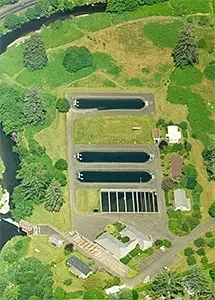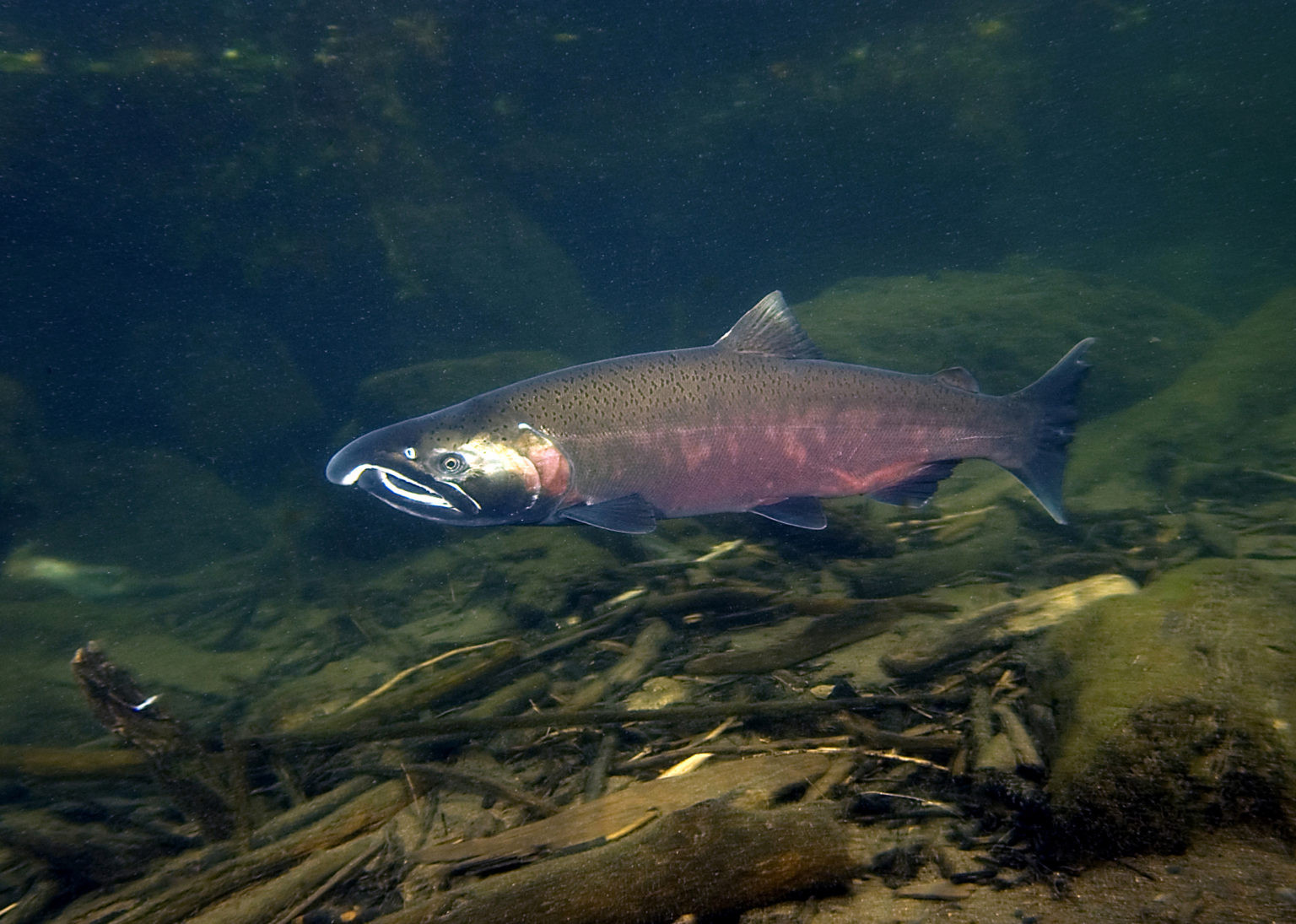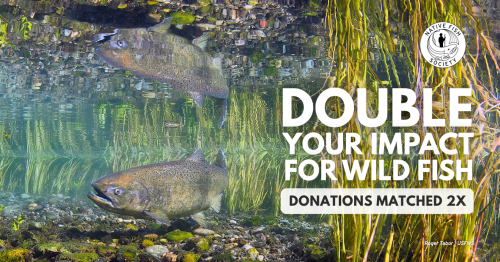Oregon’s Budget Crisis: A Chance for Oregon to Put Wild Fish First
Following federal funding reductions, Gov. Tina Kotek has recently called on state agencies to brace for cuts and slow spending on programs across the board. The state is looking at a $372.7 million funding gap in it’s current budget cycle, with more than $15 billion in federal losses expected over the next decade.
For agencies like the Oregon Department of Fish and Wildlife (ODFW), these cuts could feel like a threat. But at Native Fish Society, we see this as an opportunity to rethink how Oregon invests in its wild fish, rivers, and local communities.
The Unsustainable Cost of the Status Quo
Right now, ODFW spends roughly $1 million every week just operating state-run hatcheries.
That staggering figure only covers the costs of food, electricity, and routine operations - it doesn’t even include the additional hundreds of millions in deferred maintenance costs that continue to accrue across the system.
Despite these enormous investments, hatcheries have repeatedly failed to deliver long-term recovery for wild fish. The stark difference in return on investment and impacts on wild populations between various programs highlights the need for a new management paradigm for the conservation and recovery of Oregon’s fish, rather than simply maintaining the status quo.
Learning from Success: Coho Recovery as a Model
The good news is that wild fish revival is possible. Oregon’s coastal coho recovery program demonstrates that smart investments yield results. By focusing on habitat restoration, reducing hatchery impacts, and managing fisheries based on careful monitoring, the state is building resilient wild fish populations.
This model shows us the way forward: Oregon can invest in programs that actually work, protect wild native fish, and save money.
Leaning into Funding Reform: Opportunities Moving Forward for ODFW
As budget pressures mount, Oregon has a chance to be a leader in conservation by investing in what works. Native Fish Society calls on ODFW and state lawmakers to invest in the pillars that build resilient wild fish populations:
Well-monitored, sustainably managed fisheries
Habitat restoration and barrier removal
Reduced hatchery production of salmon and steelhead
The department has the experience and the capability, but what’s needed now is the initiative to make strategic, long-term decisions that benefit wild, native fish and the communities that depend on them.
Budget cuts are challenging, but they can also be an opportunity for smarter and more effective investments and allocation of funding. By prioritizing what works, Oregon can protect wild fish, restore rivers, and set a model for conservation.
Learn more in our ODFW Budget Series, which examines ODFW funding challenges and Native Fish Society's recommendations for reform.
For more information on our legislative advocacy, please contact Jennifer Fairbrother, Native Fish Society Legislative & Policy Director




